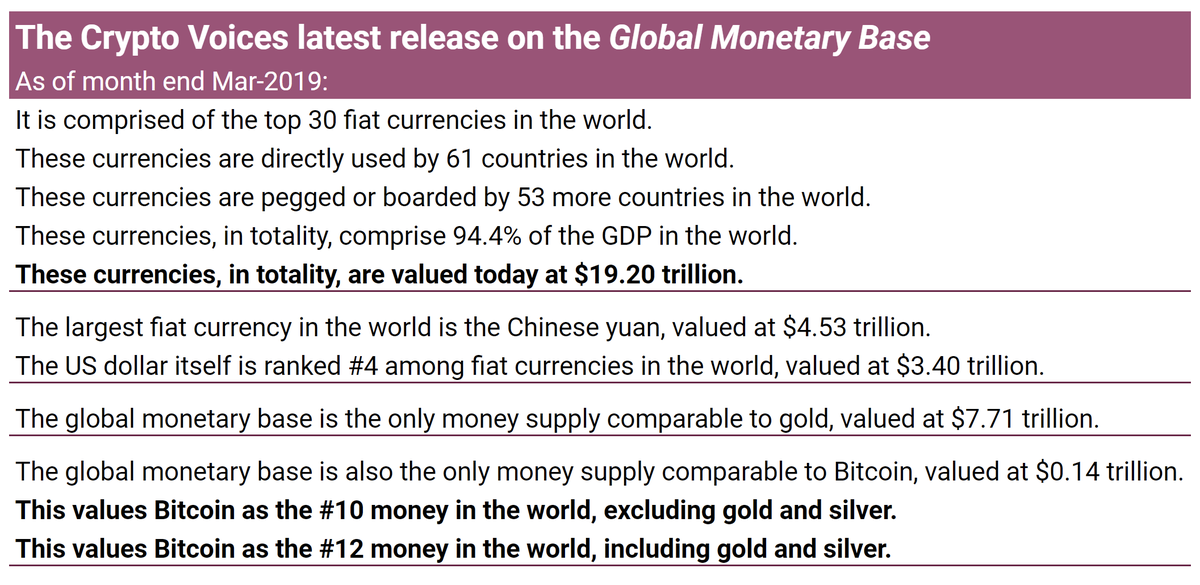Luckily, most miners have been honest so far, but the threat is ever present, esp for low hashrate coins.
If a pow attacker has 49%, # of confirms required is infinity.
8. SN seemed not to foresee just how much energy would be spent on mining, and how much value would leak out of the system to the power companies. That changes the dynamic.



